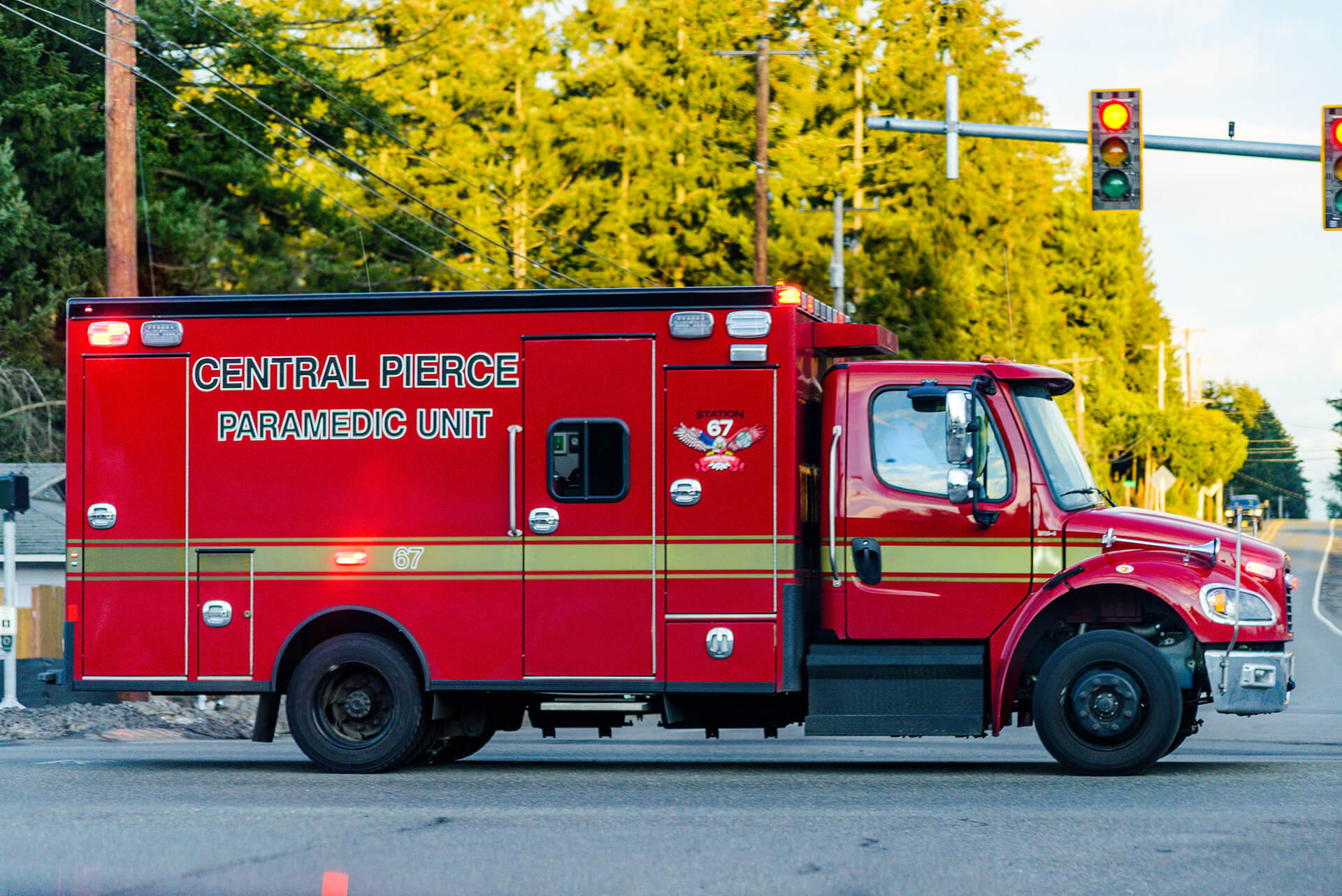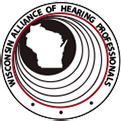Table of Contents
Differences between sound and noise
Sound refers to the sense of perception that usually occurs on a voluntary basis and delights the listener as it is for example by listening to music.
Noise is defined as an unwanted sound that may cause displeasure, annoyance, and pain or referring back to its word origins, nausea.
The difference between sound and noise depends upon the listener and the circumstances. Rock music can be a pleasurable sound to one person and an annoying noise to another.
In either case, it can be hazardous to a person’s hearing if the sound is loud and if they are exposed long and often enough.
Continue Reading: About Hearing Loss >
Impacts of noise on the human body
| Noise level and body reaction | Type of noise | Sound pressure levels in dB(A) | Sound sense |
|---|---|---|---|
| I 30–65 dB(A) Mental reaction |
Fine ticking of a clock, whispering | 30 dB(A) | Very quiet |
| Library, bedroom at night | 40 dB(A) | Pretty quiet | |
| Conversation | 50 dB(A) | Normal | |
| Quiet office | 60 dB(A) | Moderate to loud | |
| II 65–90 dB(A) Physical reaction |
Shouting, car in 10 m distance | 70 dB(A) | Loud to very loud |
| Street noise in heavy traffic | 80 dB(A) | Very loud | |
| III 90–120 dB(A) Hearing loss, ear pain |
Loud factory hall | 90 dB(A) | Very loud |
| Car horns in 7 m distance | 100 dB(A) | Very loud to unbearable | |
| Full symphony orchestra | 110 dB(A) | Very loud to unbearable | |
| Jet engine, live rock band | 120 dB(A) | Unbearable to painful | |
| 130 dB(A) | Intolerable |
Why is noise an important workplace hazard?
Noise is one of the most common occupational health hazards. In heavy industrial and manufacturing environments, as well as other situations such as farms, cafeterias, bars, etc.
Continue Reading: Occupational Noise Exposure Among Road Construction Workers >
Annoyance, stress, and interference with speech communication are the main concerns in noisy offices, schools, and computer rooms.
To prevent adverse outcomes of noise exposure, noise levels should be reduced to acceptable levels. The best method of noise reduction is to use engineering modifications to the noise source itself, or to the workplace environment.
Where technology cannot adequately control the problem, personal hearing protection (such as earmuffs or plugs) can be used.
Personal protection, however, should be considered as an interim measure while other means of reducing workplace noise are being explored and implemented.
Occupational Health and Safety – Effects of noise in Ambulance Vehicles
The risk of permanent hearing loss due to work-related noise exposure is well known, with an estimated 22 million U.S. workers exposed to hazardous noise each year.
In the long-term, it is important to develop further preventive health measures for ambulance personnel, since the high noise levels during signal trips have harmful potential to the auditory system, health, and quality of life.
The common pattern and highest prevalence for auditory symptoms for ambulance services are:
- Difficulties of understanding during background noises
- Tinnitus
- Vertigo
- Difficulties understanding electronic audio devices such as TV, radio, etc.
Continue Reading: Remedies for Tinnitus >
Some ambulance service personnel has a higher risk of development of NIHL (Noise-Induced Hearing Loss) due to high frequency of sound melody of the sirens and exposure to higher sound level during signal trips, mainly caused by poor street conditions.
Often, the noise level is highly elevated during signal trips compared to non-signal trips. Speed level influences the noise level during trips without signal by 2 – 6 dB. With that information, we can conclude that the higher the speed, the higher the noise level during the trips.
During emergency trips with signal use, the noise level reaches and partly exceeds safety limits of 80–85 dB.
Nearly 45% or more of ambulance drivers have mild to moderate hearing loss, and the education of ambulance workers and management about preventive measures, the importance of NIHL development and risk as well as regular audiometry check-ups are needed.
Noise among workers in Emergency Medical Services – The Swedish Study
A study conducted in Sweden in 2017 found noise-exposure levels of 80 dB or more during the use of sirens on an emergency vehicle and EMS (Emergency Medical Services) operations, compared to in-hospital controls of 70 dB.
The study showed that when the sirens were on, all noise values measured inside the cabin exceeded the national occupational health regulation of 85 dB.
The average siren noise exposure during a workday of eight hours was 16.22 minutes, reaching 20.33 on busy days.
Evidence suggested noise affected the outer hair cell function of the inner ear, thus potentially reducing the hearing ability of the ambulance crew.
The Swedish study suggested that further initiatives to prevent noise exposure should be taken including – active noise reduction or custom-made in-ear protection with communication systems for EMS (Emergency Medical Services) personnel, and better sound insulation of ambulances is warranted.
Occupational Health and Safety Benefits in Emergency Medical Services
Hearing loss workers’ compensation benefits are largely undiscovered benefits covering hearing health care, which is often uninsured. Many health insurance policies and programs like Medicare do not cover hearing aid purchases but workers’ compensation can.
If You have hearing problems as a result of working in Emergency Medical Services, always feel free to ask Johnson Law Offices about the process, the law, or an individual case. The legal, medical, and audio-metric questions that come into play in a hearing loss workers compensation claim can be complicated.
The claims require attention to detail mixed with an ability to work well with hearing-impaired retirees and their families, especially spouses, and their hearing health care professionals.
Continue Reading: All About Workers’ Compensation >
Sources
- https://www.ccohs.ca/oshanswers/phys_agents/noise_basic.html
- https://www.intechopen.com/books/noise/emergency-service-personnel
- https://www.emsworld.com/article/220850/hearing-loss-ems
- https://www.ccohs.ca/oshanswers/phys_agents/noise_basic.html
- https://www.rsu.lv/en/scientific-papers/influence-noise-ambulance-vehicles-emergency-service-personnel-north-germany-and
Contact Us
If you, or anyone you know, worked in noise and suffers from hearing loss, please do not hesitate to contact us.
Contact Us


